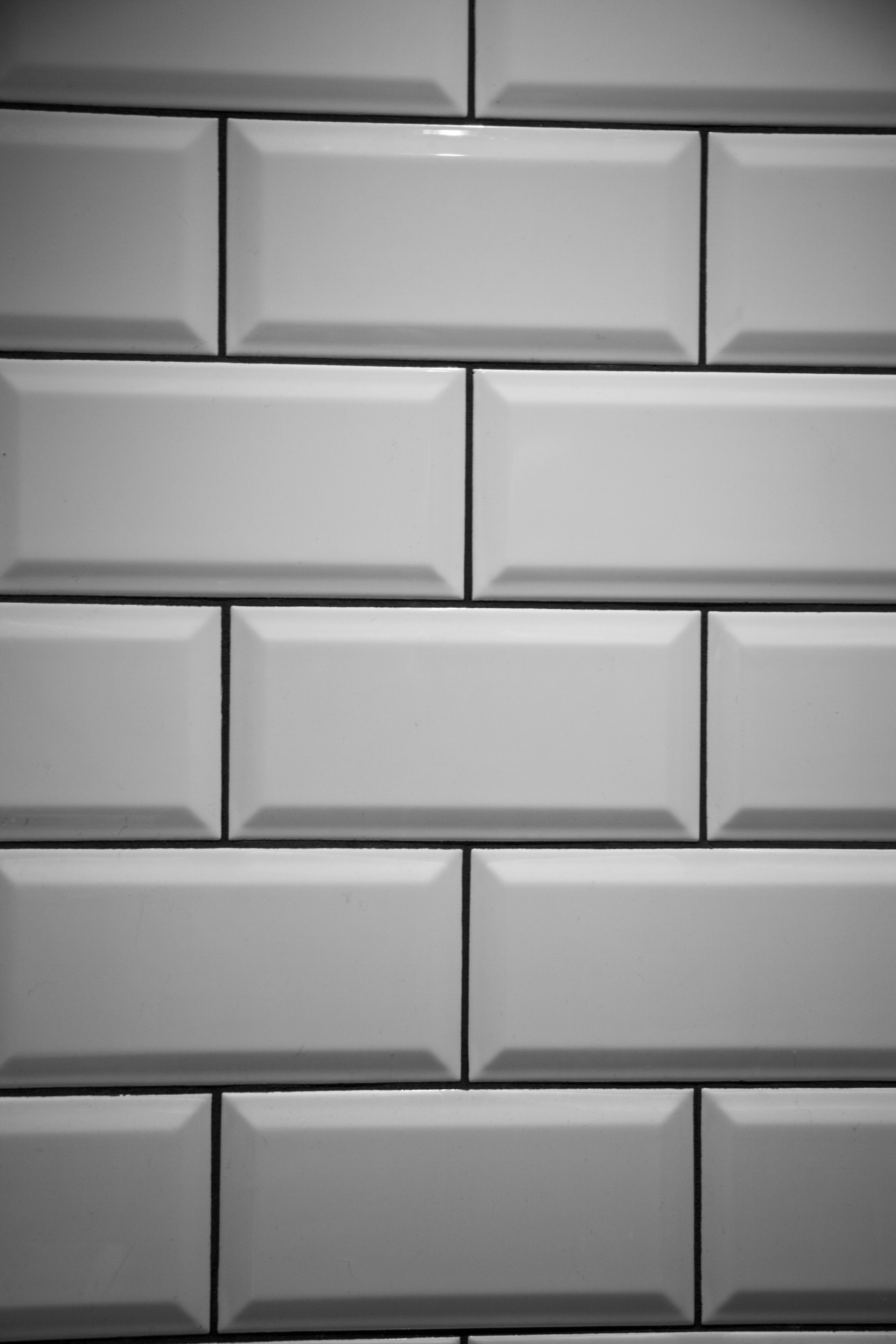Master the Art of Choosing Between Ceramic and Porcelain Tiles
Are you a handyman looking to renovate your home or office space? One of the biggest decisions you`ll face is choosing the right type of tile. Ceramic and porcelain tiles are two of the most popular options, but choosing between the two can be challenging.
In this article, we`ll introduce you to both ceramic and porcelain tiles, explain the manufacturing process for each, compare their durability and performance, and explore their aesthetics and design options. By the end, you`ll have a better understanding of which type of tile is best for your specific project needs. So, if you`re ready to become an expert on ceramic vs porcelain tiles, keep reading!
An Introduction to Ceramic and Porcelain Tiles
If you’re a handyman who is looking to upgrade your skills, then understanding the difference between ceramic and porcelain tiles is an essential part of your arsenal. While both these materials are commonly used for flooring and walls, there are some key differences that will impact how they should be installed.

Ceramic tiles are made from clay that has been fired at high temperatures. They come in a variety of colors and patterns, making them perfect for adding some flair to any room in your house. Porcelain tiles, on the other hand, are made from a more refined clay mixture that is heated at even higher temperatures than ceramic tiles. This makes them denser and more durable than their ceramic counterparts.
When it comes to installation, porcelain requires special tools as it’s much harder than ceramics which means cutting through it can be challenging without proper equipment or expertise; however once done right – it can last longer with less maintenance required over time when compared with ceramics which might crack under heavy foot traffic or exposure to moisture over time.
So when choosing between the two options – consider what type of area you’ll be installing in (e.g., high-traffic areas like kitchens or bathrooms) as well as what aesthetic look you’re going for before deciding on either material!
The manufacturing process of ceramic and porcelain tiles
So, you’re looking to fix up your bathroom or kitchen and have decided to go with ceramic or porcelain tiles. Great choice! But do you know the manufacturing process behind these popular tile options?
First, let’s start with ceramic tiles. These are made from a mixture of clay and other natural materials, such as feldspar and kaolin. The mixture is then shaped into the desired size and thickness before being fired at high temperatures in a kiln.
Porcelain tiles, on the other hand, are made from a finer blend of clay that is mixed with feldspar, quartz, and kaolin. This creates a denser material that is less porous than ceramic tile. The mixture is then pressed under extreme pressure before being fired at even higher temperatures in a kiln.
Both types of tiles can be glazed or unglazed during this process for added durability and aesthetic appeal.
But why does all this matter? Well understanding how these materials are manufactured can help you make an informed decision when choosing between them for your project needs.
If you’re looking for something more affordable but still durable enough to handle everyday wear-and-tear then ceramic may be right up your alley.
However if moisture resistance tops your list of must-haves – say for example if installing new shower tiling – porcelain could very well be worth considering due its dense nature making it less porous.
Either way knowing what goes into creating each type will give greater confidence when selecting which best suits both budgetary constraints as well as practicality concerns!
Comparing the durability and performance of ceramic and porcelain tiles
When it comes to choosing between ceramic and porcelain tiles, the decision can be a tough one. Both materials have their advantages and disadvantages, but ultimately your choice will depend on your specific needs and preferences.
Ceramic tiles are made from clay that is fired at high temperatures. They come in a variety of colors and patterns, making them a popular choice for homeowners who want to add some personality to their space. Ceramic tiles are also relatively inexpensive compared to other flooring options.
Porcelain tiles, on the other hand, are made from more refined clay that is fired at even higher temperatures than ceramic tiles. This makes them extremely durable and resistant to wear and tear. Porcelain also has a low water absorption rate which makes it ideal for areas with high moisture levels like bathrooms or kitchens.
So how do you choose between these two options? If you’re looking for something affordable with plenty of design options then ceramic may be the way forward; however if durability is important then porcelain would likely suit better due its strength when met with heavy traffic or unavoidable impacts such as dropping objects onto surfaces regularly over time.
Ultimately though it’s important not just consider what looks good now but what will last long-term so make sure you weigh up all relevant factors before settling on your final decision!
Aesthetics and design options for ceramic and porcelain tiles
If you’re a handyman who is passionate about design and aesthetics, then you know that ceramic and porcelain tiles offer endless possibilities to create beautiful spaces. With their durability, versatility, and easy maintenance, these tiles have become the go-to choice for many homeowners looking for a practical yet stylish option.
When it comes to design options for ceramic vs porcelain tiles, there are several factors to consider. Porcelain tiles are denser than ceramic ones and can be made in larger sizes with thinner grout lines. This gives them a more seamless look that can make any room feel more spacious.
However, if you’re looking for intricate designs or patterns like mosaic or geometric shapes on your tile work surface then ceramics may be your better choice as they come in smaller sizes which allow more detailed designs
In terms of color options both types of tiling offer almost infinite variety with vivid colors coming from pigments mixed into the clay before firing. The range of shades includes everything from earthy tones inspired by natural stone quarries to bold bright hues perfect for modern interiors.
Ultimately whether choosing between ceramics or porcelains depends on what kind of aesthetic outcome is desired- but rest assured that either option will provide an excellent foundation upon which creative minds can build!
Choosing the right tile for your specific project’s needs
When it comes to choosing the right tile for your specific project needs, the decision between ceramic and porcelain tiles can be a daunting one. As a handyman who is skilled in fixing things around the house, you want to make sure that you select the right type of tile for your project.
Firstly, consider where you will be installing the tiles. If it’s an area with high foot traffic or water exposure such as a bathroom or kitchen floor, porcelain may be your best bet due to its durability and resistance to moisture. However, if you’re tiling walls or low-traffic areas like bedrooms or living rooms, ceramic may suffice.
Next up is appearance – both types of tiles come in various colors and designs but there are subtle differences between them. Porcelain has a more refined look due to its smooth surface and uniform coloration while ceramic has more variation in texture which can add depth and character.
Lastly is cost – while porcelain tends to be pricier than ceramic due to its manufacturing process which involves higher temperatures during firing resulting in denser material – this also means that they last longer over time making them worth their price tag when considering longevity.
Ultimately though, selecting either type depends on personal preference alongside budget constraints – so weigh all factors before deciding what works best within these parameters!
Conclusion
By now you know that when it comes to ceramic and porcelain tiles, there is a lot more than meets the eye – from their manufacturing process to their durability and performance. Each type of tile has its own benefits, so choosing between them will depend on your specific project needs. Whether you decide to go with ceramic or porcelain tiles for your next job, we hope this article gave you all the necessary information needed in order to make an informed decision. And don’t forget if ever in doubt on any kind of home renovations-related task – be sure to call a handy man who knows how things work!















